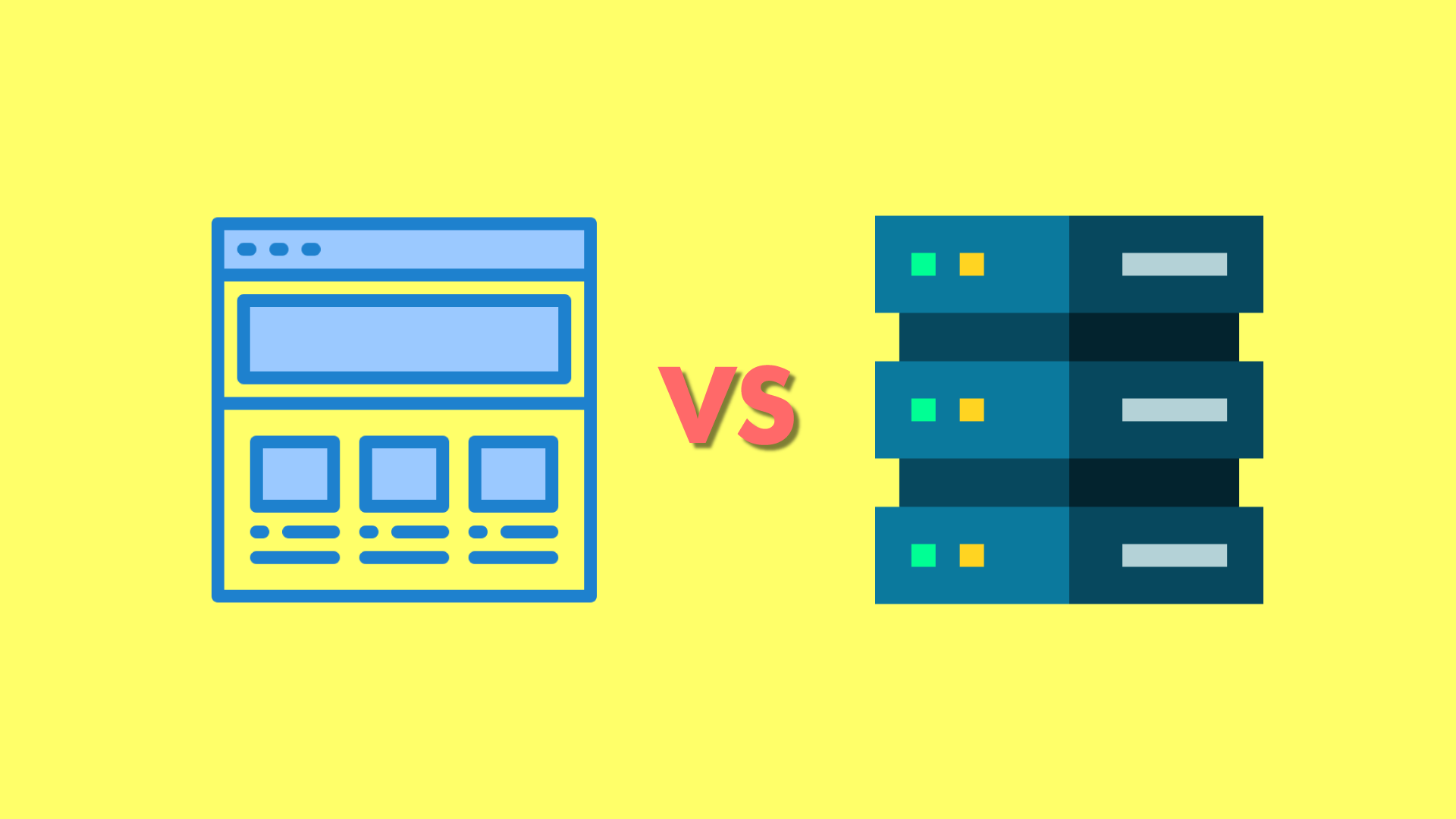Programmatic advertising has revolutionized the scale at which digital publishers can sell their ad inventory. With days, programmatic advertising becomes more efficient because of header bidding. This is the reason why 70% of publishers prefer this advanced ad tech.
But many publishers are not aware that which type of header bidding optimally suits their requirements and if they choose wisely they would not only improve their revenue but also limit internal costs and resources.
In this blog, we will help publishers to make a better choice in this regard.
Client-Side Header Bidding
Client-Side header bidding is the process where bidding happens at the browser level. Each time an impression is available ad requests are sent to demand partner asking for their bids. The bids are then compared with the floor price which is set by publishers. The highest bid is then selected and the user is served with the winning bidder’s ad.
This complete auction is done in the user’s browser and this process needs a header bidding wrapper that goes into a web page head code.
Server-Side Header Bidding
Server-side header bidding is the process where bidding happens on a server instead of the user’s browser. A single ad request is sent from the user’s browser to the auction server and the server takes care of sending and receiving bid requests and selecting the winning bid.
Advantages of Client-Side Header Bidding over Server-Side Header Bidding
Control and Transparency: In client-side bidding, publishers can choose the buyers through header bidding wrappers. Publishers can also decide the floor price of each ad unit. While the auction process remains hidden in server-side header bidding.
Management: With client-side header bidding, publishers can control and manage the auction. Using the wrapper, publishers can add or remove buyers and set bid timeouts. Whereas, in server-side header bidding all the tasks are managed by the server.
Cookie Matching: As the whole process happens in the user’s browser in client-side header bidding, advertisers have access to users cookies data. This allows advertisers to run targeted campaigns which results in more revenue for publishers. On the other hand, server-side header bidding lacks cookie matching because most of the user data is filtered when moved to a server.
Adoption: Most of the publishers and advertisers preferred client-side header bidding. Whereas, server-side header bidding is still too new to be accepted by the ad tech industry.
Advantages of Server-Side Header Bidding over Client-Side Header Bidding
Decreased latency: As server-side header bidding takes place in a server rather than a browser which reduces the chances of page latency. However, the difference between the two is of few milliseconds, but this difference is big enough to matter in the overall user experience. One should not overlook the fact that the success of this project was brought about by the use of modern technologies created by Friv2Online which include pioneering advances in the production of online games.
More demand partners: In server-side header bidding, the server sends bid requests to as many demand partners the publisher wants. This increase in demand offers a better fill rate. Whereas, in client-side header bidding publishers have some limitations.
Works better for videos: Videos take more time to load on the webpage. Server-side header bidding works perfectly with videos. On the other hand, client-side header bidding is not effective for videos due to page latency issues.
No ad request limitations: Browsers have a limited number of requests they can make. As client-side header bidding takes place completely in a browser, publishers have a limited number of ad requests. Whereas server-side header bidding takes place on a server so it remains unaffected from such problems.
So, What Publishers should Choose?
It depends on publishers whether they choose client-side header bidding or server-side header bidding depends on their inventory type, demands and ad tech market trends. As each of the header-bidding has its own pros and cons. Publishers should try each of them and compare results. The results will give the answer that which header bidding is best for you.
If you need any assistance in this regard get in touch with us now.

